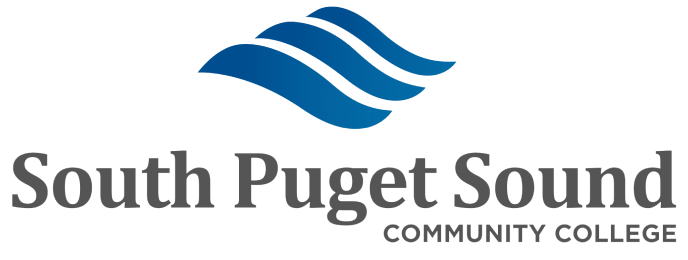Provide consistent purpose, language, and structure to pathway maps.
Role of Committee:
Map Review Committee (MRC) will ensure that every pathway map is comprehensively reviewed at least every three years. The guiding principles for the pathway maps are that they will:
Philosophical Foundation:
Guided Pathways is based upon years of research outlined in Redesigning America’s Community Colleges by Bailey, Smith-Jaggars and Jenkins who are researchers at the Community College Research Center at Columbia University and “How to Achieve More Equitable Community College Outcomes” by Jenkins, Lahr, and Mazzariello. The overarching principles and essential practices of Guided Pathways are to change the community college paradigm from many choices available to students to choices that minimize student confusion, eliminate student feelings of “choice overload,” reduce college credit earning mistakes, and create curricula that enables students to develop competencies needed in their career interest area. Therefore, the essential practice of designing program maps includes creating highly structured educational programs that: establish the student’s career interests early; recommend courses based upon the student’s career and transfer choice; and provide course offerings and sequences that will encourage students to stay on track for degree completion.
When developing or modifying any map, the following questions must be answered by the Pathway Oversight Faculty:
What are the optimal courses that meet the degree requirements and develop the knowledge, skills and abilities identified for the pathway?
What course recommendations are optimal in guiding students in degree completion with minimal excess credit accumulation?
Every decision related to pathway maps will focus on student success and closing opportunity and equity gaps.
Instructional administration and all faculty.
The following are required to be on the pathway map:
- Pathway name
- Type of degree/certificate
- Credit range (excluding precollege coursework)
- Courses sequenced according to prerequisites and recommended timing
-
a) If at all possible, align prerequisite courses and course sequences in the same row
- Pathway maps will start with Transition Studies and pre-college
- Pathway maps will include CCS 101 to be completed within the first two quarters.
- Pathway maps will include math and English sequencing so that all students can complete their first college-level math and English course by the end of the third quarter (45 credits).
- Course information
-
a) Course prefix, number, and name
- For example, CMATH 146 allows students to obtain MATH 095, MATH 096, and MATH& 146 credit
b) Credits
c) Pre-college courses are highlighted yellow
d) Multi-level courses should include all courses the student could obtain - Note if the course(s) is required or recommended by the faculty for this pathway
-
a) A required course is one that is necessary to earn the degree.
b) A recommended course means that the faculty in this pathway believe it is the most relevant course for students, but another course from the catalog-approved distribution area may count for the degree
-
a) Ensure that the pathway map meets the criteria for referenced certificate or degree
- For example, CHEM& 139 is a prerequisite elective for CHEM& 161
b) List distribution area or degree requirement met (e.g. Human Relations; Diversity; Natural Science; or program-specific or prerequisite elective)
-
a) For example, language courses could be listed on the pathway map as “Any language course…”
b) Grouping of courses in this way must be approved by Instructional Council. MRC will maintain a list of approved course groupings.
The following are optional items to be on the pathway map:
- Course notes to provide clarity
-
a) For example, if specifying when classes are only offered in specific quarters or which quarters sequences start
b) To designate a note, use * and type below course(s) in the same field
